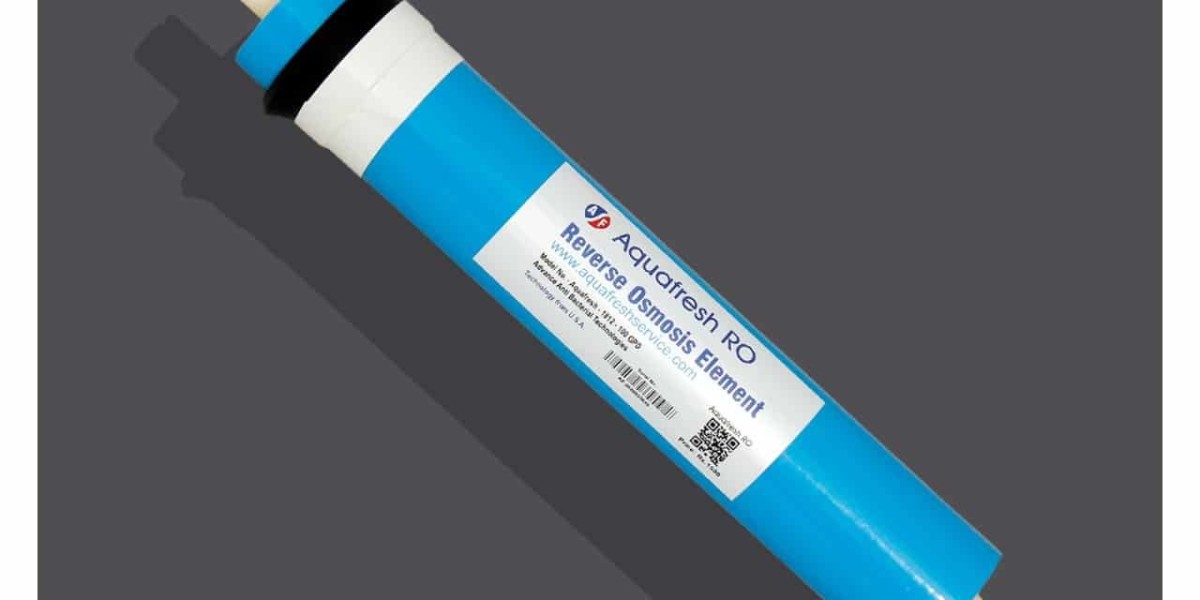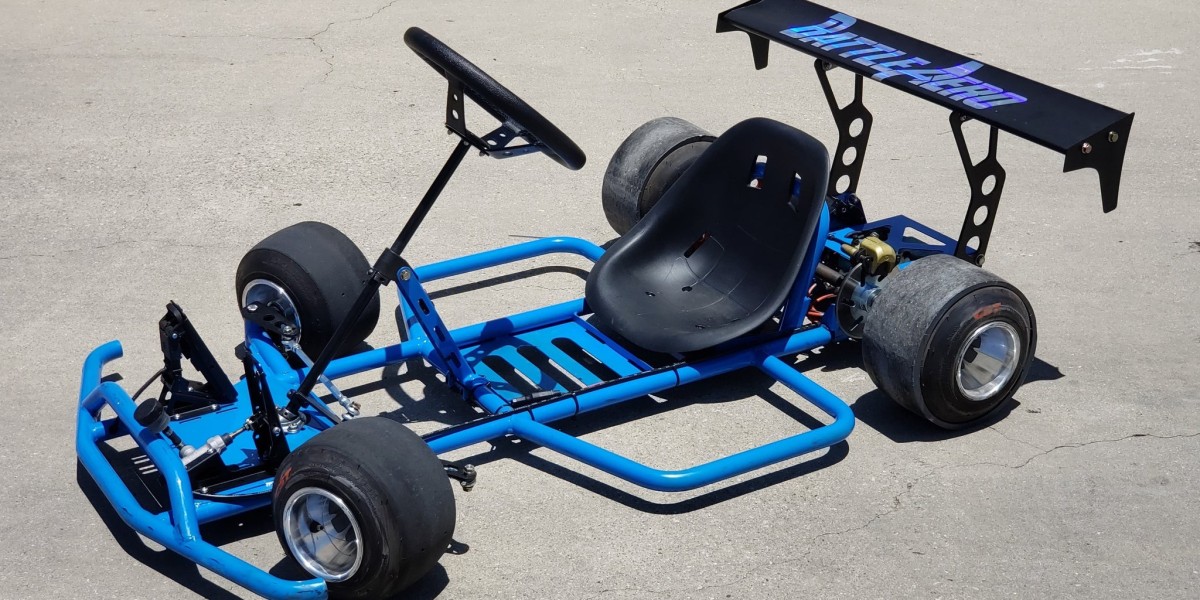Water purification has become essential in today’s world, where access to clean, potable water is becoming increasingly challenging. Reverse Osmosis (RO) technology is one of the most efficient methods for water purification, capable of removing a wide range of contaminants such as heavy metals, dissolved salts, and even microorganisms. Central to the efficiency of any RO system is its membrane, a semi-permeable barrier that selectively allows water molecules to pass while blocking contaminants. In this article, we explore the importance of RO membranes, key factors to consider when choosing them, and review some of the top-performing RO membranes for water purifiers.
Understanding RO Membranes
Before diving into the top membranes, it’s essential to understand what RO membranes do and how they work. In reverse osmosis, water is forced through a semi-permeable membrane that filters out impurities. This membrane is designed to let only water molecules pass through while trapping contaminants such as:
- Salts and minerals (sodium, calcium, magnesium)
- Heavy metals (lead, mercury, arsenic)
- Chlorine and fluoride
- Bacteria, viruses, and other pathogens
- Dissolved organic materials
The membrane acts as the core element of the system, defining the water quality produced by an RO purifier. The efficiency of filtration and the longevity of the membrane depend on factors such as the type of water being treated (hard water, brackish water, or municipal water), the total dissolved solids (TDS) levels, and the membrane's material composition.
Key Factors to Consider When Choosing an RO Membrane
Membrane Material:
- Thin-Film Composite (TFC): The most common type, known for high efficiency and durability. TFC membranes are resistant to bacterial growth and can filter a broad range of impurities, making them suitable for both domestic and industrial applications.
- Cellulose Triacetate (CTA): These are less resistant to chlorine but are often used in regions where the water supply is treated with chlorine. They are typically cheaper but do not last as long as TFC membranes.
Flow Rate: Measured in gallons per day (GPD), the flow rate defines how much purified water the membrane can produce. A higher flow rate is suitable for large households or industrial applications, while a lower flow rate might be sufficient for a smaller family or individual use. Domestic RO membranes typically range from 50 to 100 GPD, while industrial membranes can go up to 1000 GPD or more.
Rejection Rate: The rejection rate indicates the membrane’s ability to remove contaminants. Higher rejection rates (99% or more) are ideal for achieving the purest water, especially in regions with high TDS or significant contamination. Lower rejection rates can leave some dissolved solids in the water, making it less effective for certain uses.
TDS Reduction Capability: Depending on the quality of your local water supply, you may need an RO membrane that can handle high TDS levels. For example, well water or water in coastal areas often has elevated levels of dissolved salts. Membranes that can handle 2000 ppm or more of TDS are ideal for these conditions.
Durability and Longevity: Membranes typically last 2-5 years, but this varies based on water quality and maintenance. Regularly replacing pre-filters and keeping the system clean can extend membrane life. Industrial RO membranes, especially those used in harsh water conditions, may have shorter lifespans due to the higher levels of contaminants.
Top RO Membranes for Domestic and Industrial Water Purifiers
1. FilmTec BW60-1812-75
- Flow Rate: 75 GPD
- Rejection Rate: 98% TDS reduction
- Type: Thin-Film Composite (TFC)
This membrane is highly regarded for residential RO systems. Manufactured by Dow FilmTec, it is known for its high rejection rate of up to 98% TDS and can handle municipal water with moderate TDS levels. Its 75 GPD capacity makes it suitable for medium to large households, providing ample purified water throughout the day. The membrane’s thin-film composite design ensures durability and resistance to fouling.
2. Duken RO Membrane for Industrial Use
- Flow Rate: Up to 1000 GPD (depending on configuration)
- Rejection Rate: 99%
- Type: Thin-Film Composite (TFC)
The Duken RO membrane is a high-performance option designed for industrial water purification systems. Its robust TFC construction makes it resistant to clogging and fouling, essential for high-demand industrial applications. With a rejection rate of 99%, it effectively removes heavy metals, salts, and bacteria, ensuring the production of clean water even in challenging water conditions with high TDS.
3. Blue Max 300 GPD 4040 Industrial RO Membrane
- Flow Rate: 300 GPD
- Rejection Rate: 96-98%
- Type: Thin-Film Composite (TFC)
This membrane is ideal for commercial and industrial applications where a higher flow rate is required. Its TFC composition provides excellent chemical resistance, making it durable in environments where water contains chlorine or other harsh chemicals. Its high flow rate of 300 GPD and decent rejection rate make it a reliable choice for medium-scale water treatment plants.
4. PIO PURE 40 BW-30-40 Membrane
- Flow Rate: 300 GPD
- Rejection Rate: 99%
- Type: Thin-Film Composite (TFC)
Designed for both commercial and industrial applications, the PIO PURE 40 membrane is known for its superior TDS rejection and ability to purify water with high levels of impurities. With a robust 300 GPD capacity, this membrane is efficient in handling large volumes of water, making it ideal for institutions, restaurants, and small factories. Its longevity and low maintenance requirements add to its appeal.
5. Vontron ULP1812-75 RO Membrane
- Flow Rate: 75 GPD
- Rejection Rate: 97-99%
- Type: Thin-Film Composite (TFC)
The Vontron ULP1812-75 membrane is designed for households and small commercial systems. It offers a strong rejection rate of 97-99%, ensuring high-quality purified water output. Its durability and resistance to fouling make it a popular choice for users who require low-maintenance yet high-efficiency solutions for water purification. Additionally, its compact design fits well in most domestic RO units.
Maintaining Your RO Membrane for Optimal Performance
While selecting a high-quality RO membrane is important, maintaining the membrane is equally crucial for ensuring long-term performance and high water purity. Regular cleaning, timely replacement of pre-filters, and ensuring proper pressure levels are essential to extending the membrane’s life and maintaining its filtration efficiency.
Pre-Filter Replacement: RO systems typically include sediment and carbon pre-filters that protect the RO membrane by removing larger particles and chlorine. Replacing these filters every 6-12 months ensures that the membrane does not get clogged or damaged prematurely.
Membrane Flushing: Many RO systems have an automatic flush feature that helps clean the membrane by washing away accumulated salts and contaminants. Regular flushing, either automatically or manually, extends the life of the membrane.
Monitor Water Quality: Using a TDS meter to regularly check the quality of the purified water can help you determine when the membrane needs replacement. If the TDS levels of the output water start rising, it’s a sign that the membrane is losing its efficiency.
System Pressure: RO membranes operate best under specific pressure ranges, usually between 40-80 psi for domestic systems. If the pressure is too low, the system’s performance will suffer, and the membrane may become clogged. Installing a booster pump can help maintain the right pressure.
Conclusion
The performance of an RO water purifier largely depends on the quality of its membrane. Whether you’re looking for a domestic water purifier or an industrial RO plant, selecting the right membrane is crucial for ensuring clean, safe, and high-quality water. Membranes like the FilmTec BW60-1812-75, Duken Industrial RO membrane, High-Efficiency RO Membranes for Industrial Water Systems and Blue Max 300 GPD 4040 offer high rejection rates, durability, and the ability to handle various water qualities, making them excellent choices for a wide range of applications. Maintaining your RO membrane properly and regularly will ensure that your water purification system delivers optimal performance for years to come. Order Domestic RO Membranes for Advanced Filtration Needs










